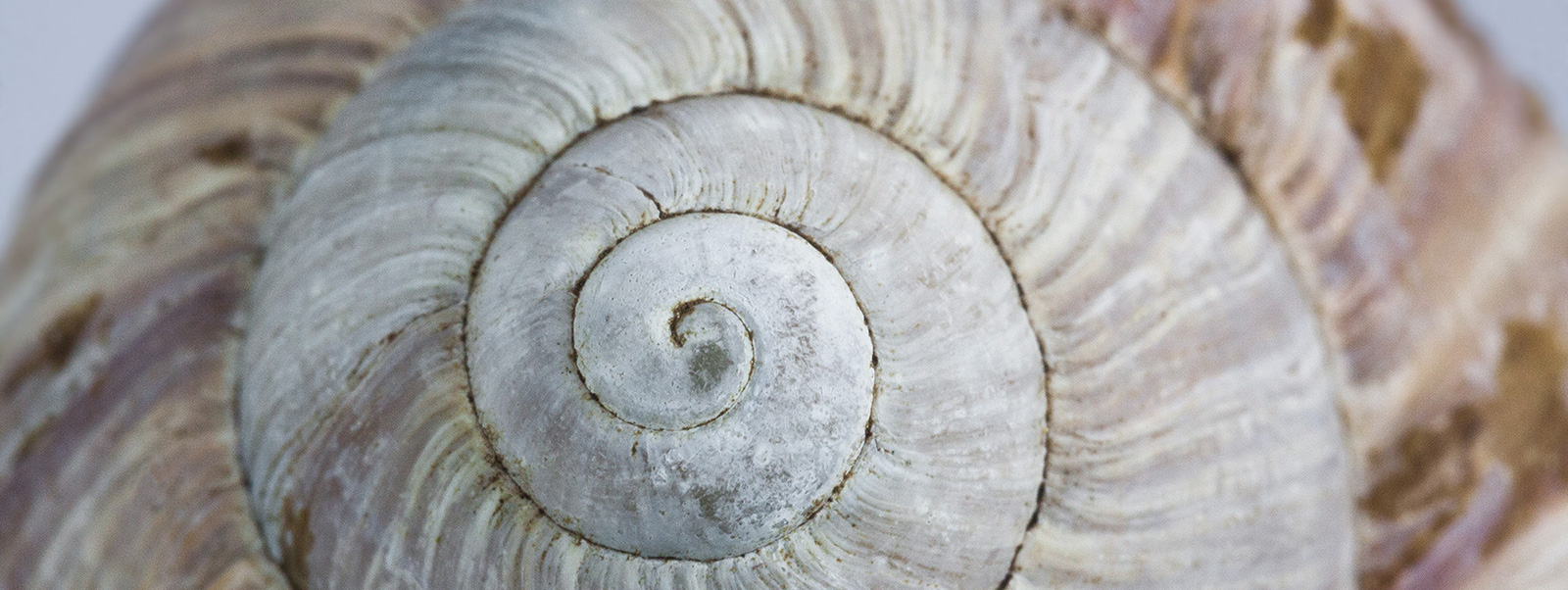The One I love
 This one goes out to the one I love.
This one goes out to the one I love.
As cloyingly sentimental or overtly commercial as this celebration may seem, Valentine’s Day has survived world wars and financial crashes. It has evolved from rumbustious fertility ritual origins enacted by the Romans. Emerged from the gruesome torture and execution of men we now call saints and martyrs. On February 14th in most places on this earth, millions of people will demonstrate through chocolates, music and flowers, their longing to love and be loved.
Romantic love is celebrated in song and literature. It’s a multi-million dollar Bolly-Hollywood illusion that mirrors our collective longing back to us from the silver screen. The glittering grandeur of star-spangled romance leaves us breathless, aching for more. Love lives in the imaginal realm of our soul. It emboldens and ennobles, plucks us out of our literal life into the full-throated drama of our emotion and our fantasy, flings off our inhibitions, invites us to create a-new.
We’re cautioned that Love is an illusion. I believe that like Santa and the Easter Bunny authentic love comes to only those who truly believe. “Illusion” is derived from the Latin, “in ludere,” which is translated as “in play.” And when our world-weary souls expand in joyful play, our lives are graced with “illusions” that may enfold us and protect us from “reality” which may be a mere stand-in for an authentic life.
 Scientific research purports that love lies in the brain, not the heart; that lust has lodged in our brains since Pleistocene era. That passion can be measured and scanned. The premise is that love shape-shifts from a coat of many colours into a knobbly old cardigan.
Scientific research purports that love lies in the brain, not the heart; that lust has lodged in our brains since Pleistocene era. That passion can be measured and scanned. The premise is that love shape-shifts from a coat of many colours into a knobbly old cardigan.
There are theories that suggest it is body odour that draws us to our lovers. That when we fall in love it’s more about fertility – and our collective survival. So men are drawn to fertile women with perfect waist-to-hip ratios. Women will lust after high testosterone men with angular jaws and wide shoulders. That we fall for healthy symmetrical faces unblemished skin and pouting sexually aroused lips. What airless little boxes we would live in if this were true.
Psychoanalysts have their theories too – when we “let fall our hearts” and tumble into Love’s terrain we enter the domain of lunatics. Those in love have a similar profile to those who suffer from obsessive-compulsive disorder, they tell us. Other currently favoured theories suggest we seek to find in our lover what we did not receive in our childhoods. It could be the raise of an eyebrow, his smell, the sound of her voice or the curve of her shoulder. In love we seek the familiar. We nostalgically yearn to reclaim the past … So our adult years are a ceaseless quest to recapture the love and attunement we did not receive from childhood caregivers. So we say we’ve found our soul mate, or met again from a past life. Perhaps we have. There may be a sense of recognition or a soul connection that defies the tick in the box. Scientists say it is oxytocin, the bonding hormone, that we must honour each wedding anniversary. And this Valentine’s Day, it’s the delicious dopamine drenched cocktail that brings lovers together. So is romantic Love merely a chemical like Prozac? Do we blame dopamine and serotonin for luring us time and time like hapless moths to swoon and die in passion’s flame? It’s the caudate nucleus of the brain that lights us when we fall in love. Or can be something far more mysterious, more nuanced, more subtle? Love opens the windows to those parts of ourselves that may have lain hidden and dusty for decades. It initiates us into the complexities of being human. It anoints us with courage and jealousy. It brings us unexpected endings. It mangles and cracks open our calloused hearts.
Love in all its splendid visitations is a Mystery. Can we categorize and quantify and measure Love as our bodies soften and our hearts unfurl in a thousand blossoms? Can we fear that which captivates our soul? Love’s landscape cannot be measured or quantified by the intellect. Its nuances must be imbibed through the heart. Savoured with all the senses. Love cannot be separated from the rich loam of the imagination. And each one of us will experience Love quite differently.
So expect to be moonstruck by the primrose-coloured light of the full Leo Moon on Valentines’ Day. For those of us who have known even one Great Love this life time… Aren’t we the Lucky Ones?
Rosie Thomas sings enchantingly, the one i love

















